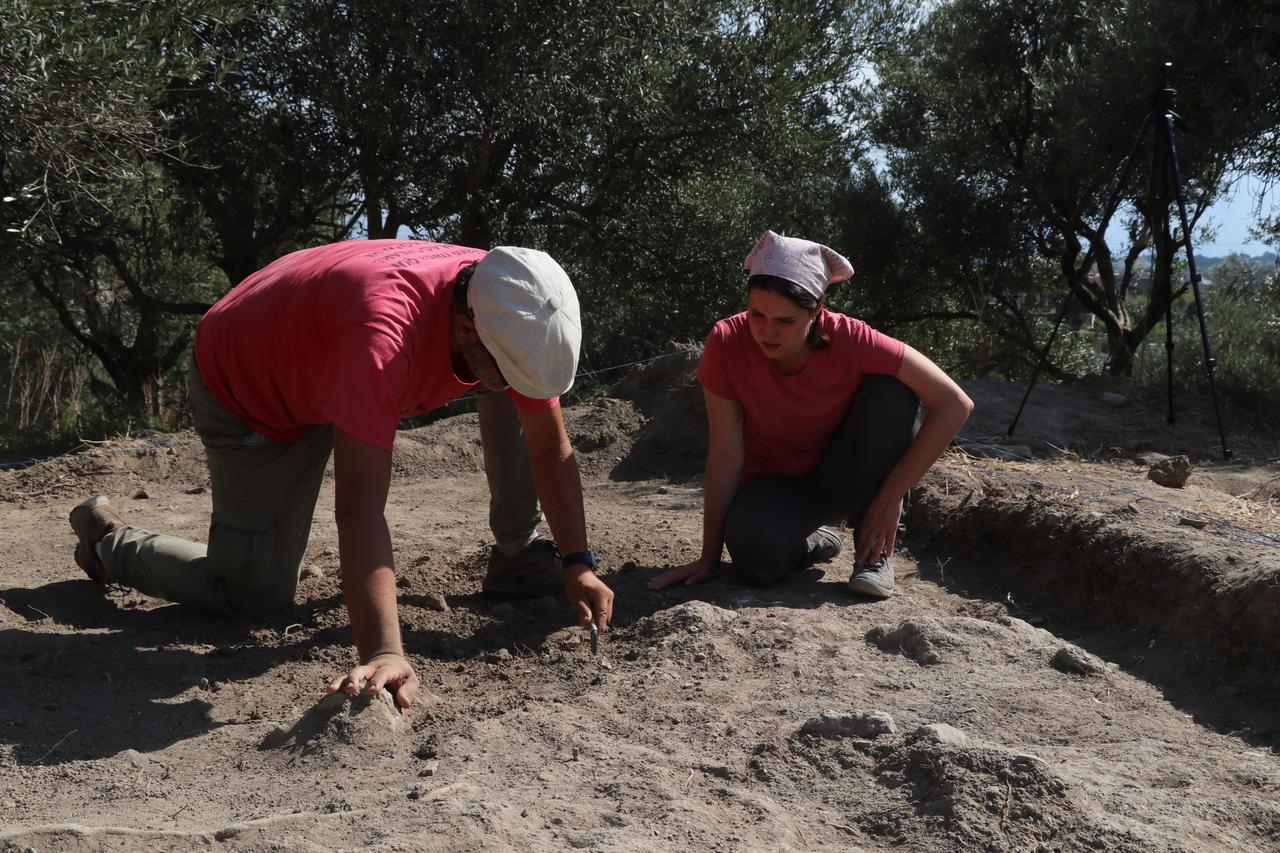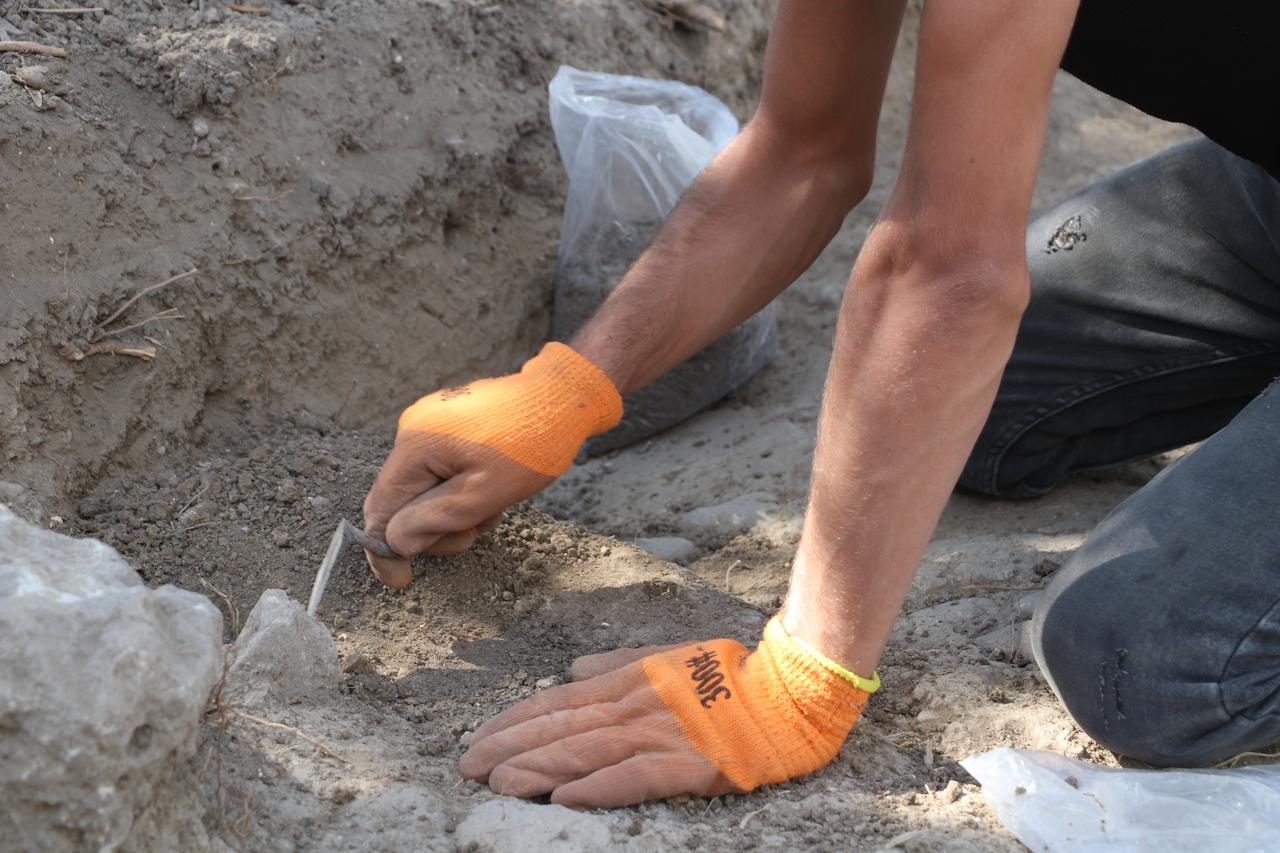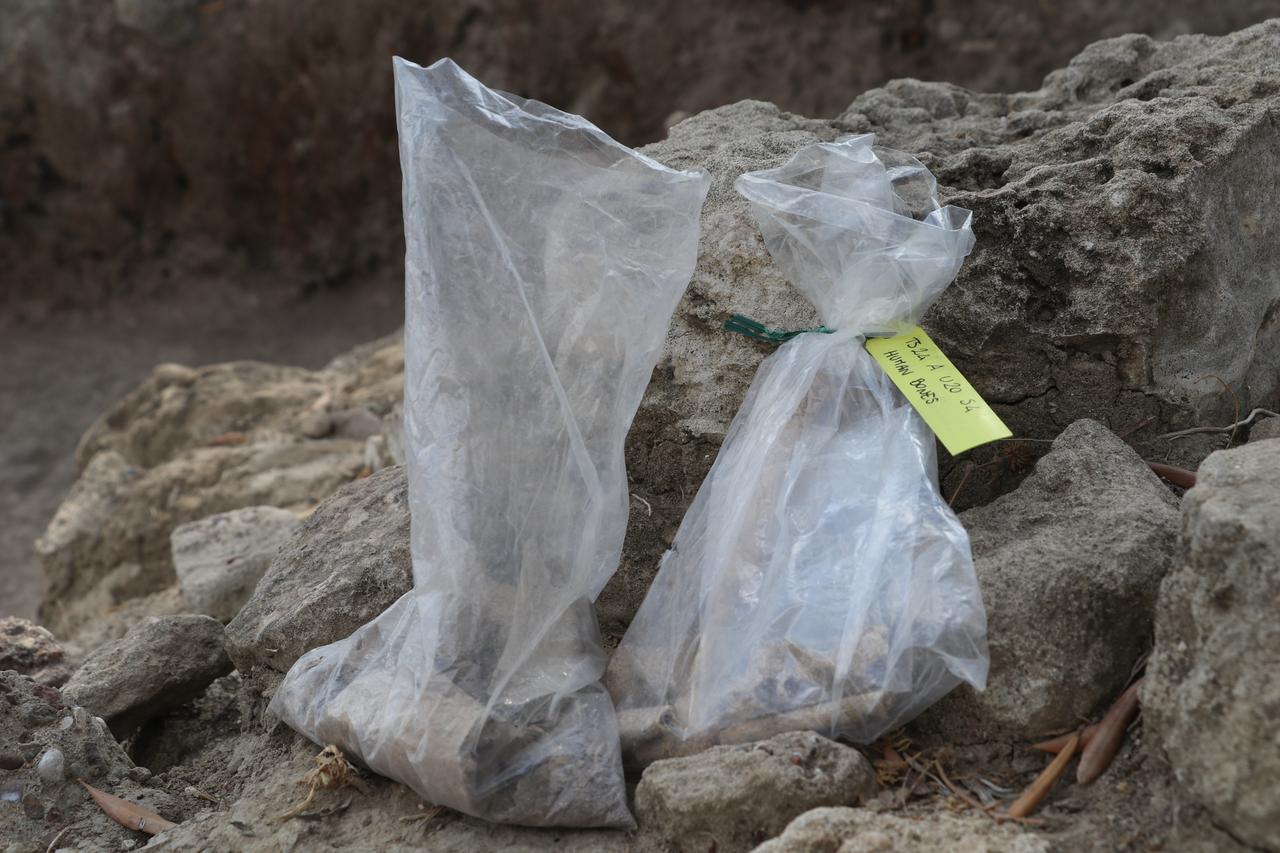
Archaeologists have restarted fieldwork near the Syrian coastal city of Latakia, where a team led by Italy’s Pavia University is excavating Bronze Age layers linked to the famed Ugarit civilization. Work is underway at Tel Semhane—tel meaning a settlement mound—after a hiatus caused by Syria’s civil war, with researchers aiming to uncover how a small village related to the Ugarit Kingdom once functioned within the wider network around Ras es-Shumra, the ancient port known as Ugarit.

Officials said excavations stopped in 2011 and resumed this year under an Italian–Syrian mission directed by Associate Professor Lorenzo d’Alfonso of Pavia University. The team includes doctoral students from Türkiye and Italy, works in coordination with Latakia Museum staff, and expects students from Damascus to join the project.
According to the head of Latakia’s Directorate of Antiquities, Mohammed al-Hasan, the mound lies roughly 5 kilometers from the provincial center and preserves a smaller settlement tied to Ugarit. He noted that layers unearthed this season should offer new evidence on the site’s connection to the Ugarit Kingdom and the roles it played within that system.

D’Alfonso said researchers are “conducting excavations in the Bronze Age layers at Tel Semhane,” adding that no previous archaeological digging had been carried out in this village, which gives the investigation added importance.
A Turkish doctoral student, Adahan Guney, described a one-month campaign aimed at exposing a Bronze Age settlement at several adjacent areas on the mound. He said the team has already identified surface finds and is working to reveal a significant portion of the site within the campaign period.

Hasan underlined that authorities hope to see all archaeological missions fully return to Syria, with particular emphasis on renewed work along the coast.
He said they would provide every necessary facilitation for foreign teams and added, “The facilitations provided were extremely good. With the instructions of the Governor and the Director-General of Antiquities and Museums, we are ready to offer all our capabilities to foreign archaeological missions working on the coast.”

Academic studies note that Ugarit’s tablet archives—written in seven languages and four different writing systems, including Akkadian, Assyrian, and Hittite—shed light on the city’s social life and institutions at a critical historical moment.
These sources frame the wider context for Tel Semhane’s village-level findings, which may help explain how communities around Ugarit were organized and how they supported the port’s trading role at Ras es-Shumra.

Ras es-Shumra (Ugarit) sits on the Mediterranean north of Latakia and is remembered as a major trade city between roughly 1,450 and 1,195 B.C. Reports state the city was destroyed between 1,196 and 1,179 B.C. during sudden raids attributed to the so-called “Sea Peoples,” a wave of attackers frequently cited in Late Bronze Age collapse narratives.